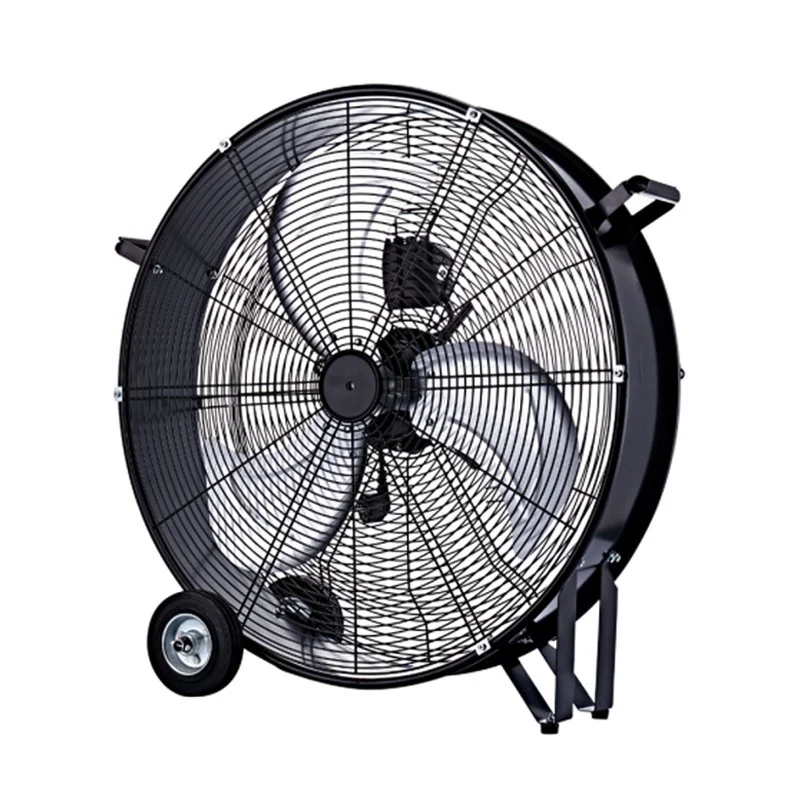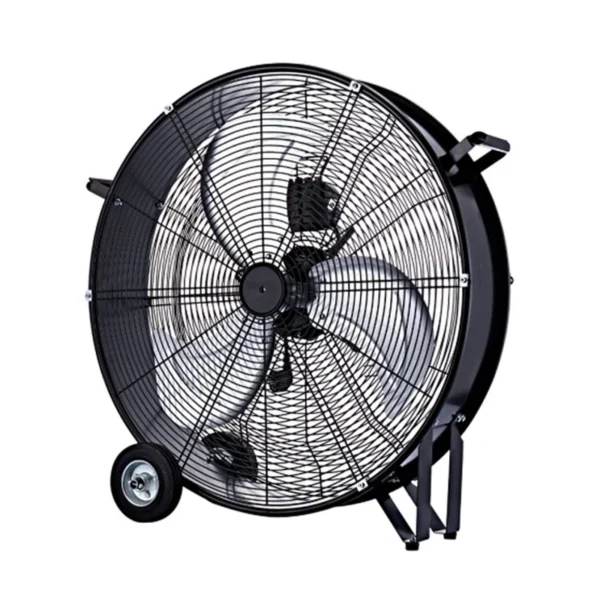
The Ultimate Guide to HVAC Systems: Efficiency, Maintenance & Smart Technology
What is an HVAC System?
HVAC (Heating, Ventilation, and Air Conditioning) systems are critical components of modern buildings, responsible for regulating indoor temperature, humidity, and air quality. A well-designed HVAC system not only ensures occupant comfort but also significantly reduces energy consumption and environmental impact.
Core Components of HVAC Systems
1. Heating Systems
Key heating solutions include:
Gas furnaces
Electric heating systems
Heat pumps (air-source and geothermal)
Radiant floor heating
2. Ventilation Systems
Proper ventilation maintains indoor air quality through:
Natural ventilation
Mechanical exhaust systems
Energy Recovery Ventilators (ERVs)
Heat Recovery Ventilators (HRVs)
3. Air Conditioning Systems
Cooling components include:
Central AC units
Ductless mini-split systems
Window units
Portable AC systems
Selecting the Right HVAC System
1. Evaluate Building Specifications
Proper sizing considers:
Square footage
Ceiling height
Window area
Insulation quality
2. Climate Considerations
System requirements vary dramatically between:
Hot-humid climates
Cold-dry regions
Mixed climate zones
3. Energy Efficiency Ratings
Key metrics to compare:
SEER (Seasonal Energy Efficiency Ratio)
HSPF (Heating Seasonal Performance Factor)
EER (Energy Efficiency Ratio)
ENERGY STAR® certification
HVAC Maintenance Best Practices
1. Filter Replacement
Standard filters: Replace every 1-3 months
High-efficiency filters: Replace every 6-12 months
Washable filters: Clean monthly
2. Professional Maintenance
Schedule biannual service:
Spring tune-up for cooling systems
Fall inspection for heating systems
3. Ductwork Maintenance
Recommendations:
Seal duct leaks
Clean every 3-5 years
Insulate exposed ducts
Smart HVAC Technology Advancements
Modern innovations include:
Wi-Fi enabled thermostats
Zoned climate control
Predictive maintenance algorithms
IoT integration for remote monitoring
AI-powered energy optimization
Common HVAC Issues & Troubleshooting
System Not Cooling/Heating
Check thermostat settings
Verify circuit breakers
Inspect air filters
Reduced Airflow
Replace clogged filters
Examine duct obstructions
Check blower motor
Unusual Noises
Squealing: Belt issues
Banging: Loose parts
Hissing: Refrigerant leak
Short Cycling
Improper sizing
Thermostat placement
Refrigerant charge
When to Replace Your HVAC System
Consider replacement when your system:
Is 10-15 years old
Requires frequent repairs
Shows declining efficiency
Uses R-22 refrigerant (phased out)
Fails to maintain comfort
Energy-Saving Tips for HVAC Systems
Install a programmable thermostat
Seal air leaks in building envelope
Upgrade insulation
Use ceiling fans strategically
Schedule regular maintenance
Consider ENERGY STAR® certified equipment
Conclusion
A properly sized and maintained HVAC system delivers optimal comfort while minimizing energy costs. With advancements in smart technology, today’s systems offer unprecedented control and efficiency. By understanding HVAC fundamentals and following best practices, property owners can make informed decisions about their climate control solutions.
For professional HVAC installation, maintenance, or repair services, always consult licensed HVAC contractors to ensure system performance and safety. Regular professional service combined with proper homeowner maintenance will extend your system’s lifespan and maintain peak efficiency.
Need help selecting the perfect model? Check our [buyer’s guide] or consult an HVAC professional for tailored advice!

